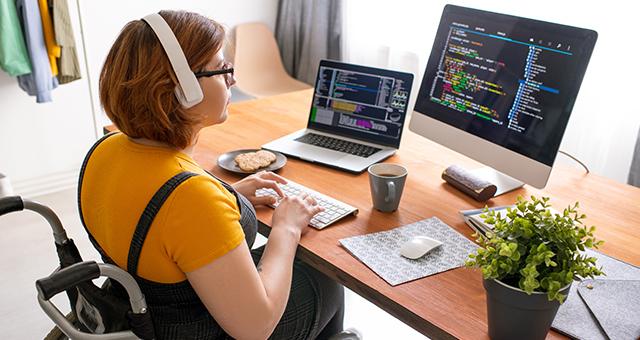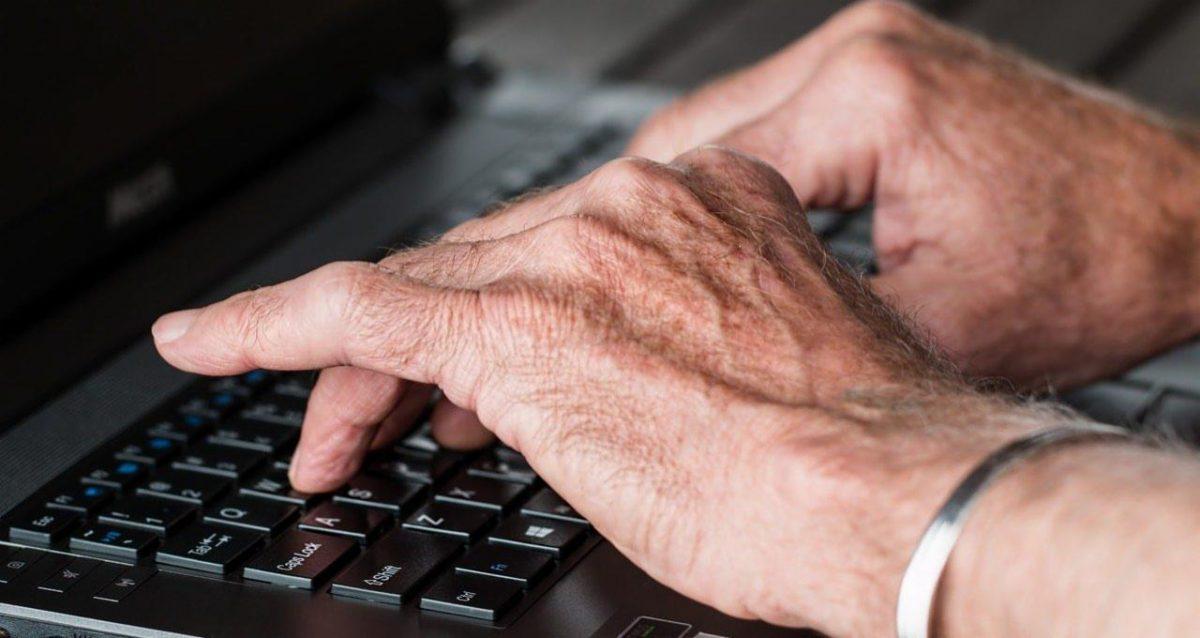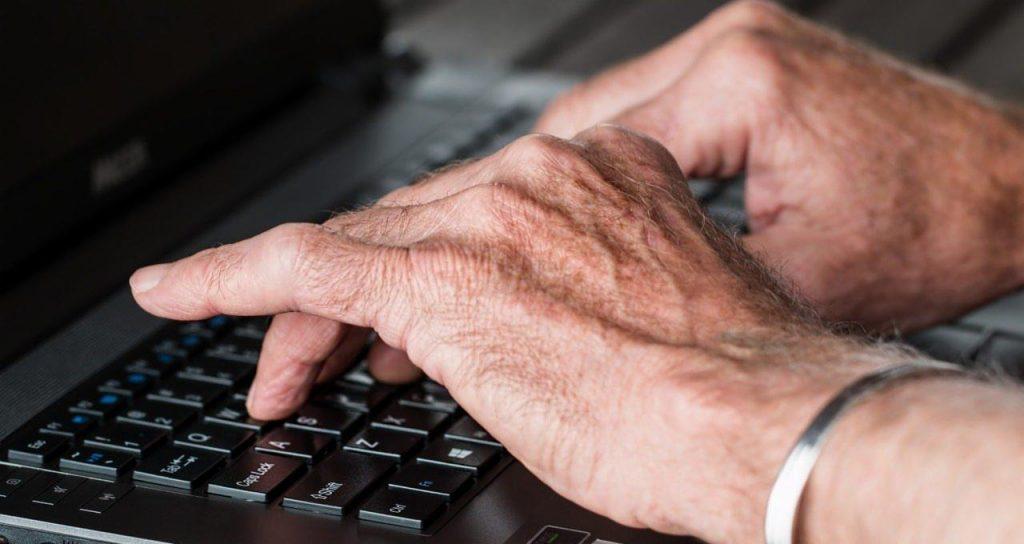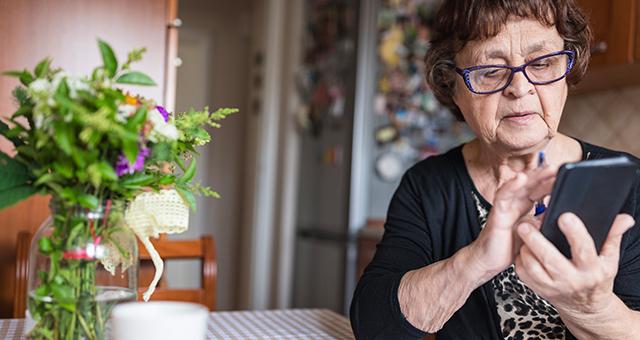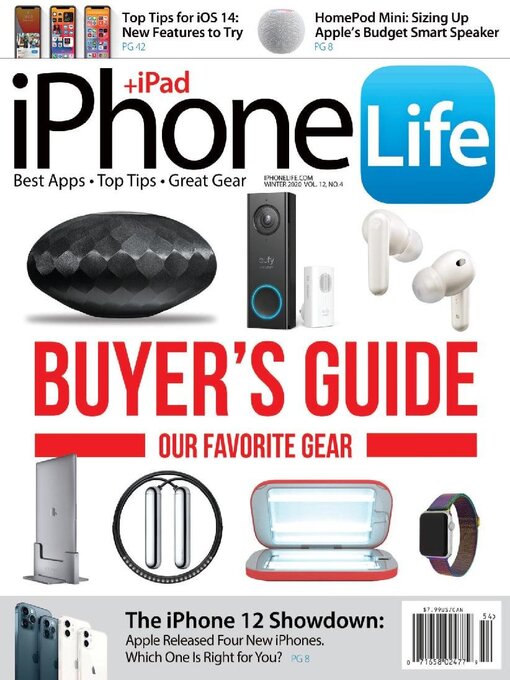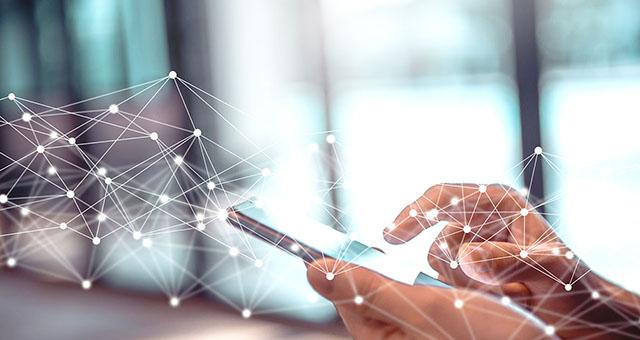
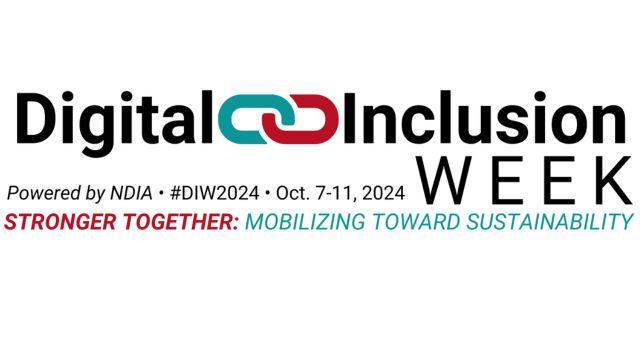
Build your digital life skills with IndyPL this Digital Inclusion Week. The digital divide is the gap between those who have affordable access, skills, and support to effectively engage online, and those who do not. This divide impacts households in Indianapolis. The Library helps bridge the gap with free public computers and wifi, free computer skill training, and helpful staff to support those still developing their digital life skills.
Every year Digital Inclusion Week is a time for raising awareness, advocating for digital equity, and promoting the many resources available to help people take advantage of digital technology. Digital Inclusion Week for 2024 is October 7 – 11. We hope you’ll join us this year as we celebrate by building our digital life skills.
Read on for suggested activities you can complete to develop your own digital skills or help you take action to support digital equity in Indianapolis. Learn more about all the services The Library offers to help get you connected to the Internet. Use our computers and other technologies, both in our locations and at home. Our services are available every week, all year long.
1. Develop Your Digital Skills at The Library

You can take computer and technology classes to build your digital life skills at The Library throughout the year. Build your digital skills with a learning plan custom designed for you.
Take an assessment in English or Spanish on The Library’s Northstar Digital Literacy platform and get feedback with a learning plan tailored to the skills you need most. Assessments offered include: Basic Computer Skills, Internet Basics, Using Email, Windows 10, Microsoft Word, Microsoft Excel, Microsoft PowerPoint, Google Docs, Information Literacy, Career Search Skills, and Your Digital Footprint. Register for an at-home assessment to complete online or attend an in-person class. See the Tech Learning Lab’s complete program schedule. Once you have a learning plan, you can work at your own pace to tackle online lessons to develop the digital life sklll you need most. Browse our complete listing of computer and technology classes:
- Event: Career Center at Haughville
- Date & Time: Wednesday, January 07, 10:30am
- Location: Haughville Branch
- Description: Adults needing help with creating a resume, searching for a job or career online, or filling out an online job application are invited to receive free one-on-one assistance. The Career Center is made possible by Friends of the Library through gifts to The Indianapolis Public Library Foundation.
- No Registration Required.
- Event: Computers for Beginners at Martindale-Brightwood
- Date & Time: Wednesday, January 07, 11:00am
- Location: Martindale-Brightwood Branch
- Description: Are you intimidated by computers? Do you find technology overwhelming? Seniors and adult learners who need help navigating the digital world are encouraged to join us.
- Register Here
- Event: Senior Technology Help Lab at Lawrence
- Date & Time: Wednesday, January 07, 12:00pm
- Location: Lawrence Branch
- Description: The Help Lab is a monthly program that helps seniors with their technology. Bring your tablets or smartphones for assistance on downloading and using our services, including checking out e-books, audiobooks, and more from OverDrive, Hoopla, Libby.
- No Registration Required.
2. Find affordable device access in your neighborhood.
You can also use your Library card to check out a device called a hotspot to connect to the Internet for free. A WiFi hotspot provides a link to the Internet from anyplace you plug it in! Borrow a hotspot from one of our 16 locations that currently lend them. Availability for these devices is during regular branch hours. The hotspots are not-requestable, or renewable, but are available for check out first come, first serve.
3. Have internet but suspect it isn’t reliable? Can’t get broadband to your home? Share your experience.
Indiana’s State Broadband Office is helping Hoosiers use their voice when it comes to their unreliable or absent broadband connectivity. Visit this website that allows users to test internet speed and answer questions regarding their connectivity.
4. Help map the solutions to the digital devide in your neighborhood.
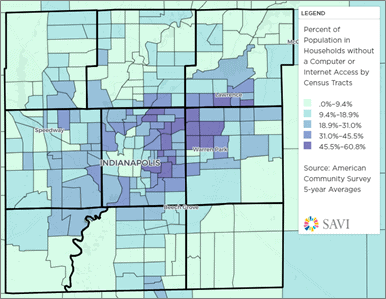
Explore Indiana’s Digital Equity Map to find resources in your community. Have a resource you want to share? Submit your community digital inclusion resource to help support the states first Digital Equity Plan.
Need help? Ask a Library staff member at any of our locations or call, text or email Ask-a-Librarian.

